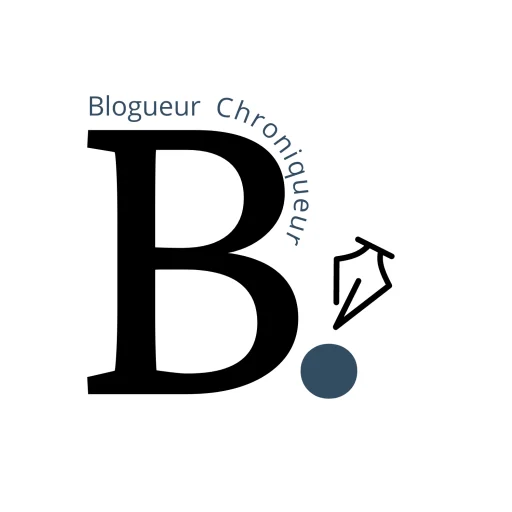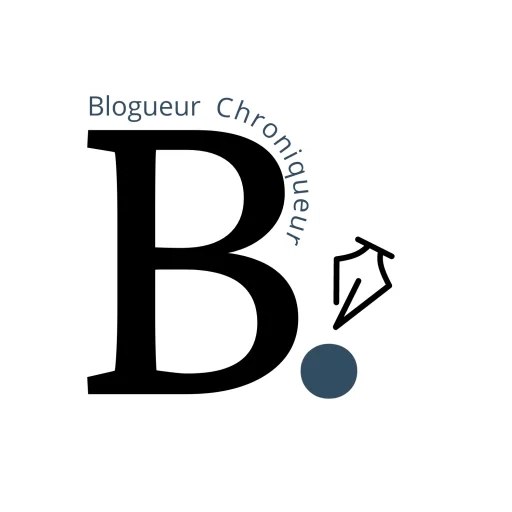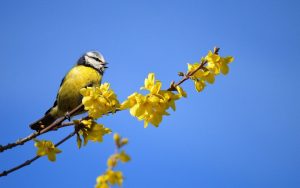The Van Gogh Museum has acquired a total of 91 prints by Camille Pissarro (1830-1903). The sizeable collection reveals the extent of Pissarro’s experimental approach and contains innumerable unique pieces, including a sought-after self-portrait by the artist. The prints are from the Samuel Josefowitz Collection, and were amassed over many decades with great passion, expertise and patience. The entire collection has now been acquired by the museum. Together, the works provide a comprehensive overview of the artist’s printed oeuvre.

Van Gogh Museum adds 91 prints by Camille Pissarro to its collection
On display at the museum from 1 March
Camille Pissarro was one of the leading and most productive representatives of Impressionist printmaking, creating some 200 etchings and lithographs during his career. His art was a major source of inspiration for Vincent van Gogh.
From 1 March to 26 May, 42 of the acquired prints will be on display in a special presentation in the print cabinet in the Exhibition Wing of the museum.
Working method
Camille Pissarro was an idiosyncratic artist who adopted an innovative working method. As an Impressionist printmaker, he experimented with different materials and techniques throughout his career. It was particularly with his prints that he felt free to explore new directions. He believed that the process of creating the prints was more important than the ultimate result or producing works to sell. Using unconventional materials such as sandpaper and wire brushes, Pissarro created various versions of nearly all of his compositions. He considered each variation to be an artwork in its own right.
This collection of 91 prints includes works in multiple states of the same compositions, helping to make Pissarro’s inventive approach abundantly clear. The collection is also a prime example of Impressionist printmaking: the different variations portray the personal perceptions of the artist of visual reality.
Unique pieces from the collection
The collection is highly diverse and rich: in addition to different variations on a theme, all of Pissarro’s techniques are represented, even including three unique monotypes. Using this technique, the artist applied ink directly to the plate, which could then be printed just once. Almost all of the prints in the collection are unique, and were already highly sought after in Pissarro’s time. The prints were popular amongst collectors and other artists, such as Degas (whose studio stamp can be found on multiple works). The collection also includes a self-portrait of Pissarro later in life, the only such work he ever etched. Reminiscent of the self-portrait of the aged Rembrandt, this became the most sought-after print in his oeuvre.
Extremely rare
Pissarro never printed more than a few copies of a design. The size of this collection, consisting solely of original works printed by Pissarro himself or under his supervision, is therefore extremely rare. There are only a few collections anywhere in the world that rival it: the Bibliothèque nationale de France in Paris, The New York Public Library and the Ashmolean Museum in Oxford.
The Van Gogh Museum & Pissarro
Van Gogh looked up to Pissarro: he called him ‘Père Pissarro’ and set great store by his opinion of his work and his ideas regarding art. The two artists shared a passion for uncomplicated subjects such as peasant life and rural nature.
Up until now, the Van Gogh Museum was home to 14 printed works by Pissarro. The museum’s collection also features three paintings and two works on paper by the artist. Pissarro gifted these works on paper to Theo van Gogh and Jo van Gogh-Bonger in recognition of Theo’s dedication as an art dealer.
Supported by
The prints by Pissarro were acquired with the support of the BankGiro Loterij, the Vincent van Gogh Foundation and the members of The Yellow House.












Cela doit-être bien, et puis si j’ai bien compris demain un article sur Foix, si tu peux, tu me donnes le lien pour ne pas le rater
Oui très bien, l’article est en ligne.